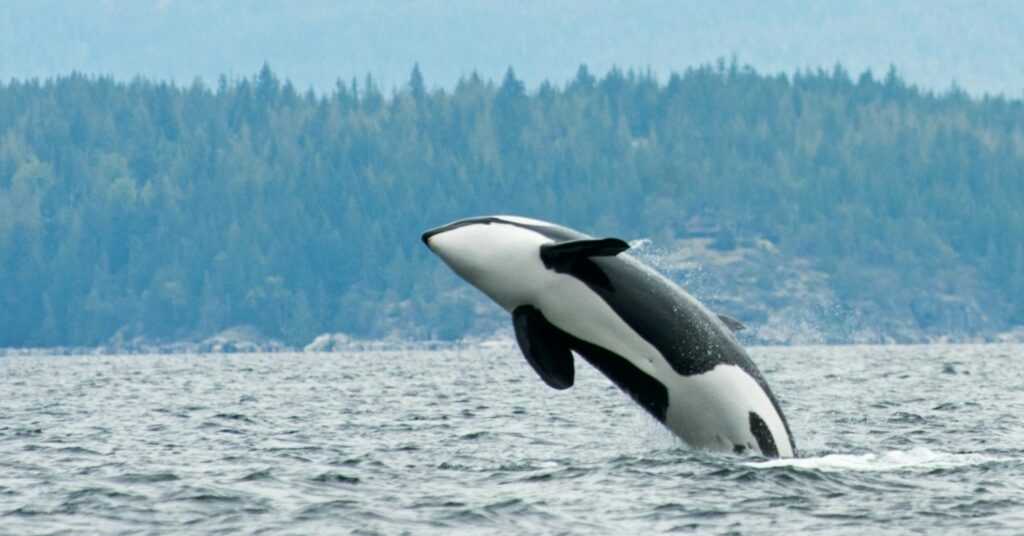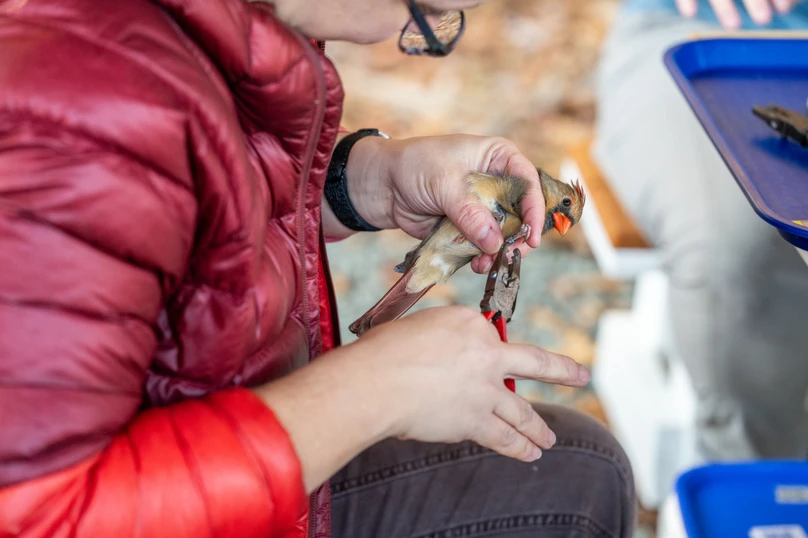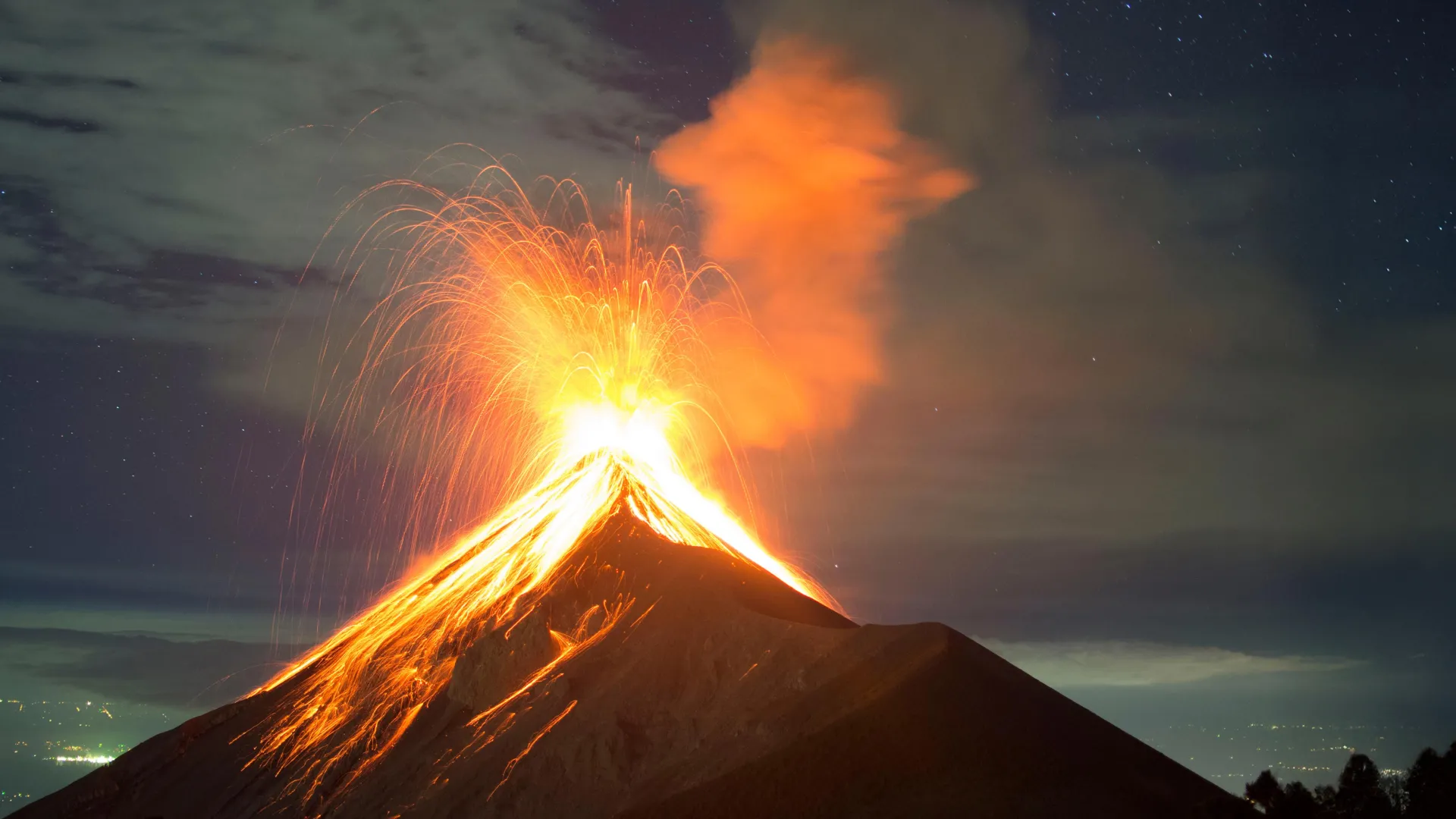PROTECT YOUR DNA WITH QUANTUM TECHNOLOGY
Orgo-Life the new way to the future Advertising by AdpathwayThis piece comes to us from the Wildlife Conservation Society (WCS). To honor Women’s History Month, WCS and Nature are sharing stories of nature and conservation.

Caption: DTR staff sorting through specimens aboard the Arcturus.
Credit: WCS Archives © WCS
In February 1925, the Arcturus Oceanographic Expedition set sail from New York City. Led by the Department of Tropical Research (DTR) of the New York Zoological Society—now the Wildlife Conservation Society (WCS)—the six-month expedition sought to extend the DTR’s novel ecological approach beneath the ocean’s surface, through the Sargasso Sea and around the Galápagos Islands.
Today, the DTR’s field studies—built on intensive, firsthand observations of wildlife in its natural habitat—are standard practice, but when naturalist William Beebe founded the DTR in 1916, most zoological research relied on preserved specimens. From their explorations of South American tropical forests to their oceanographic research cruises and their deep-sea studies in the Bathysphere, the DTR helped shape the modern discipline of field ecology.

DTR map showing location of Hudson Canyon, 1925.
Credit: WCS Archives © WCS
Another thing that set the DTR apart? Women were an integral part of the team. At a time when it was rare for women to work in the sciences—let alone spend six months exploring what Popular Science dramatically called “Neptune’s Graveyard”—the Arcturus Expedition included six women.
The press of the era, however, fixated more on their gender than their expertise. “Da Gama and Marco Polo may turn in their graves,” one newspaper marveled, while another felt compelled to note that the Arcturus’s scientific staff included “several young and attractive women specialists.” Yet beyond the headlines, their legacy continues to influence science and its communication today.
Ruth Rose was described as having such diverse responsibilities on the Arcturus as “complete charge of the intricate system of cataloguing and dissections, the KOH [potassium hydroxide] transparent processes, all the livestock, and the press reports.” She and Beebe also conducted a post-expedition lecture series and co-authored The Arcturus Adventure, an account of the voyage.

Ruth Rose with monkey Chiriqui aboard the Arcturus.
Credit: WCS Archives © WCS
In 1926, Rose married Ernest Schoedsack, the Arcturus Expedition’s assistant in cinematography. They went on to collaborate on one of the best-known Hollywood productions of all time, King Kong (1933), with Rose as screenwriter and Schoedsack as co-director. Rose continued to write Hollywood films through 1949.
Dr. Marie Fish was the assistant in larval fish distribution aboard the Arcturus. She identified American eel eggs in the Sargasso Sea, a significant discovery that gave new insight into the species’ reproductive patterns. She later focused on marine bioacoustics, a discipline she founded, and she spent most of her career with the US Navy, eventually receiving the Navy’s Distinguished Service Medal—its highest civilian honor—for her work enabling the Navy to distinguish between marine life and military submarines.

Marie Fish sorting sargasso weed.
Credit: WCS Archives © WCS
Other scientists included Elizabeth Trotter, assistant in ichthyology, who studied fish locomotion, and Lillian Segal, whose background had already included research on cancer and drug addiction. As a bacteriologist, her work aboard the Arcturus focused on fish bioluminescence. She even developed a chemical apparatus aboard the ship to collect fluids from deep-sea fish in order to study their bioluminescent properties.

Elizabeth Trotter and Lillian Segal aboard the Arcturus. Credit: WCS Archives © WCS
Isabel Cooper, a DTR staff artist from 1917 through 1925, completed over one hundred illustrations on the Arcturus Expedition and experimented with painting underwater while helmet diving as documented in DTR film footage. In addition to illustrating several of Beebe’s books and DTR scientific papers, Cooper exhibited her watercolors at the Corcoran Gallery of Art in 1926.

Isabel Cooper illustrating fish from live model aboard the Arcturus. Credit: WCS Archives © WCS
Helen Damrosch Tee-Van—a DTR staff artist for nearly forty years who was known for her detailed, precise scientific illustrations—had to work quickly aboard the Arcturus to complete color illustrations before environmental interruptions interfered. Tee-Van later contributed scientific illustrations to the Encyclopedia Britannica, Collier’s Encyclopedia, and scientific journals, as well as authoring and illustrating her own books.
Tee-Van’s artistic skills were evident when the expedition made an unexpected stop at the voyage’s end in a little-known region: the Hudson Canyon. Just 100 miles southeast of New York City—“thirty leagues from Broadway,” as Beebe put it—the Hudson Canyon is one of the world’s largest submarine canyons and home to a remarkable diversity of marine life.

Seahorses, Hudson Canyon, by Helen Tee-Van, 1925. Credit: WCS Archives © WCS
In 1925, the DTR was captivated by the canyon’s beauty, strangeness, and abundance, documenting their discoveries in field notes and scientific illustrations. These records are now preserved in the WCS Archives, and many, including Tee-Van’s stunning drawings of the canyon’s inhabitants, are available in the WCS Archives’ digital collections. A century later, WCS continues to champion the Hudson Canyon, by nominating and now advocating for its designation as a National Marine Sanctuary.
This Women’s History Month, we celebrate not only the women of the Arcturus Expedition but also the legacy of their work. Their explorations helped lay the groundwork for modern marine science and conservation, shaping the future of wild places like the Hudson Canyon—an underwater world they helped to bring up from the depths and reveal to us all. The legacy of their efforts continues on as WCS and others work to protect the Hudson Canyon and its incredible inhabitants today.























 English (US) ·
English (US) ·  French (CA) ·
French (CA) ·